If Energy Week 2025’s Promises Come True: How Rwanda Could Change
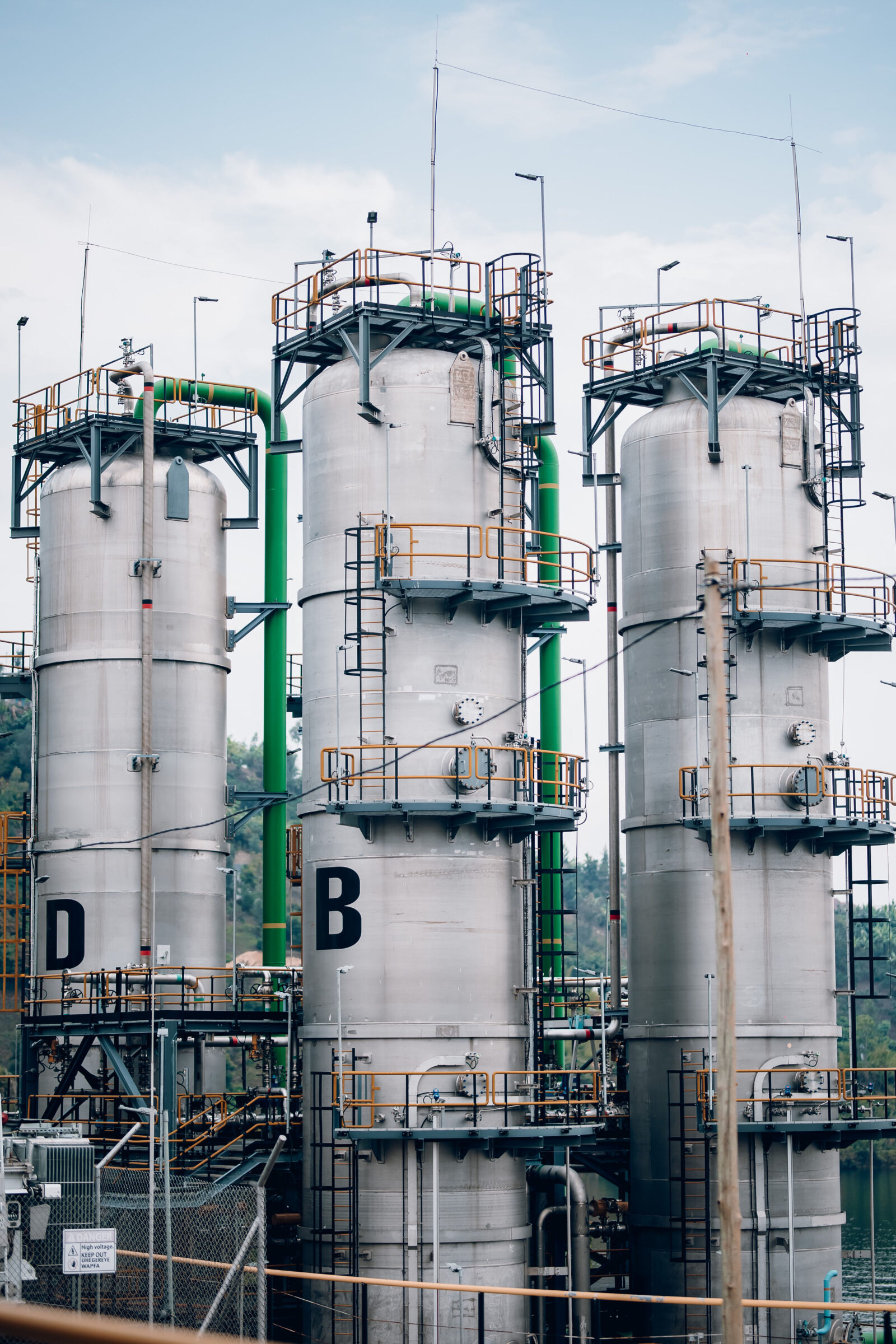
The Renewable Energy for Sustainable Growth (RE4SG) Conference & Exhibition — better known as Energy Week — returned this year for its 5th edition under the theme “Empowering Africa’s Energy Future: Innovation, Transition, and Sustainability.”
Organized by the Energy Private Developers (EPD) in partnership with Strathclyde University and the Global Renewables Centre, the event has grown into one of Africa’s most important platforms for renewable energy dialogue and collaboration.

Energy Week 2025 left many hearts full of hope. Between the innovations displayed, the partnerships formed, and the government’s ambitions, one thing feels clear: Rwanda is on a path. The real question is whether that path can be walked all the way. With commitment, collaboration, and care, much of what was promised could become everyday life for many Rwandans.
Why the vision feels within reach
There are already several grounds for optimism:
•The government has reaffirmed its goal of universal electricity access by 2030, including both on-grid and off-grid solutions.
•Policies increasingly favour renewable sources: hydro, methane gas (e.g. Lake Kivu), solar are all in the mix.
•Clean cooking is not just on paper. Rwanda has ambitious targets: reducing households using firewood/charcoal, scaling up improved cookstoves, and deploying biogas, LPG, bioethanol and other cleaner alternatives. Efforts like the Clean Cooking Results-Based Financing scheme are helping bring those closer.
•New financing is arriving: deals such as the $300 million agreement with the OPEC Fund for solar, irrigation and renewable energy indicate that Rwanda is steadily attracting investment toward the energy goals.
These show that the foundations are being laid — government policy, some funding, pilot projects, and an engaged private sector. That makes the promises of Energy Week credible, not just aspirational.

What deserves careful attention (so the momentum continues)
There are areas where a bit more care could make the difference between success and delay. These aren’t failures to blame but openings for strengthening what’s already underway:
•Ensuring affordability and fairness
Many of the newest technologies are great, but households in more remote or lower-income settings need options: subsidies, payment plans, local manufacturing, or tax breaks so that clean cooking and modern energy are accessible, not just available. For example, the government is already subsidizing improved cookstoves to reach lower income groups.
•Building reliability and maintenance
Having devices is one thing; ensuring they work well over time is another. Systems need spare parts, technicians, good supply chains, and upkeep. If these aren’t in place, people may stop trusting new solutions.
•Awareness, trust, behaviour
Technologies like LPG, bioethanol, or electric cooking sometimes face hesitation: concerns about safety; fears that food tastes different; questions about fuel or power being reliable. Sustained outreach, demonstrations, and support programs can help people feel confident trying and sticking with cleaner options.
•Clarity in regulation and standards
When rules are predictable (safety, import duties, quality, permits, licensing), it makes it easier for innovators, businesses and communities to plan and invest. Where regulation is unclear or burdensome, projects can stall.
•Mobilizing finance for all
Large projects often get attention and funding. But what will make the difference is whether small actors (local businesses, rural communities, women-led ventures) also have access to capital, with manageable risk. Blended finance, guarantee schemes, or results-based incentives can help widen participation.
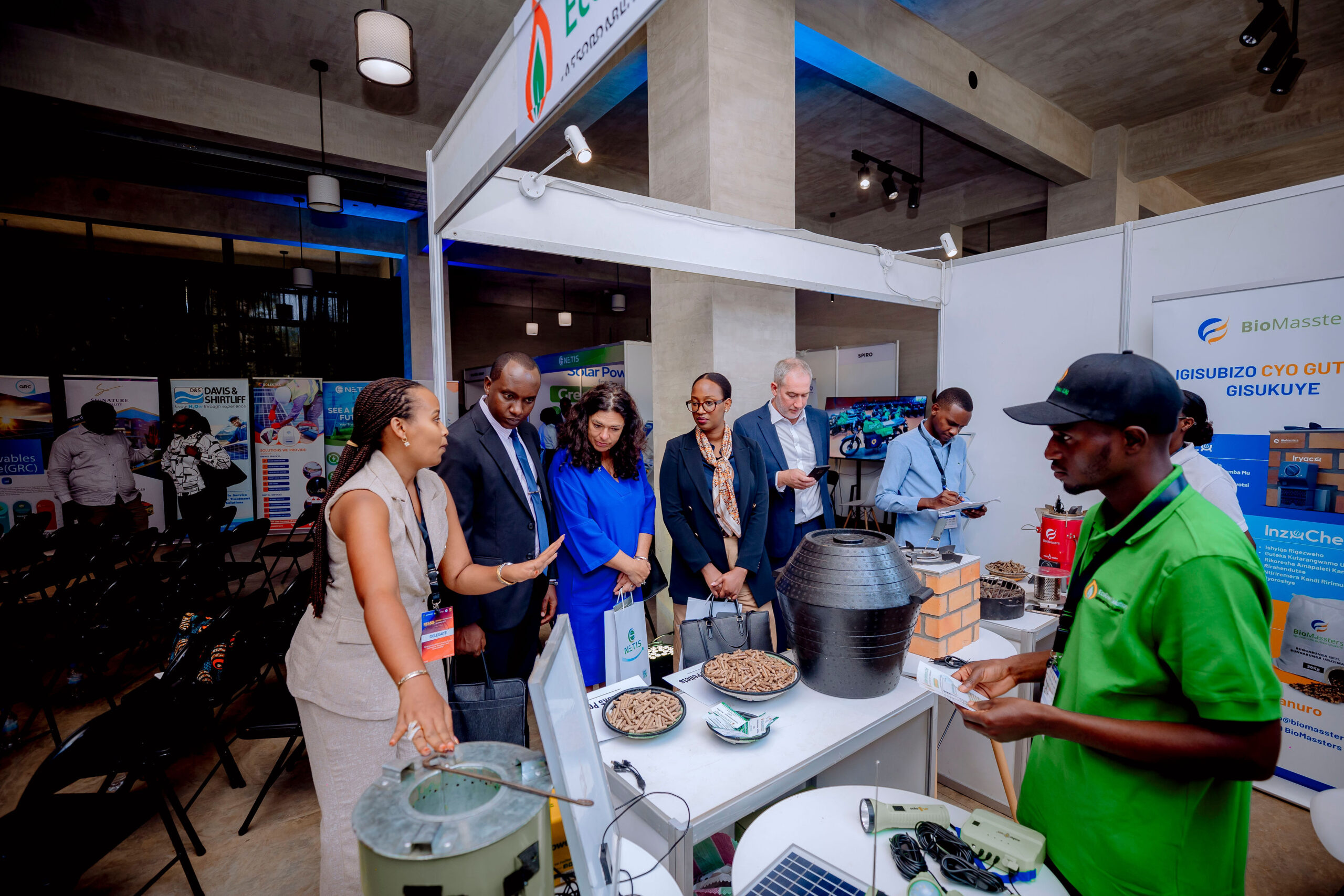
What life might look like if those things align
Here’s a snapshot of how daily life could shift if many of Energy Week 2025’s goals are realized — not just in policy, but in the homes, streets, farms, and towns:
•Rural areas with intermittent electricity might get reliable solar / hybrid systems; kids able to study at night, clinics keeping vaccines cold, phones and tools working more consistently.
•Families cooking indoors with cleaner fuels or improved stoves: less smoke, fewer health issues, less time gathering fuel; more leisurely meals rather than rushed tasks.
•Farmers using solar irrigation, cold storage, or processing tools could grow more, lose less to spoilage, raise incomes — perhaps the difference between subsistence and small‐business.
•More electric motorcycles or vehicles in towns; more charging points; less noise, cleaner air, lower fuel bills.
•Local jobs created in installing, maintaining, assembling energy technologies; small businesses thriving around clean energy and cooking products.
•Forests less pressured, thanks to lower firewood and charcoal demand; air quality better; climate emissions slower to grow, helping Rwanda meet international climate goals.
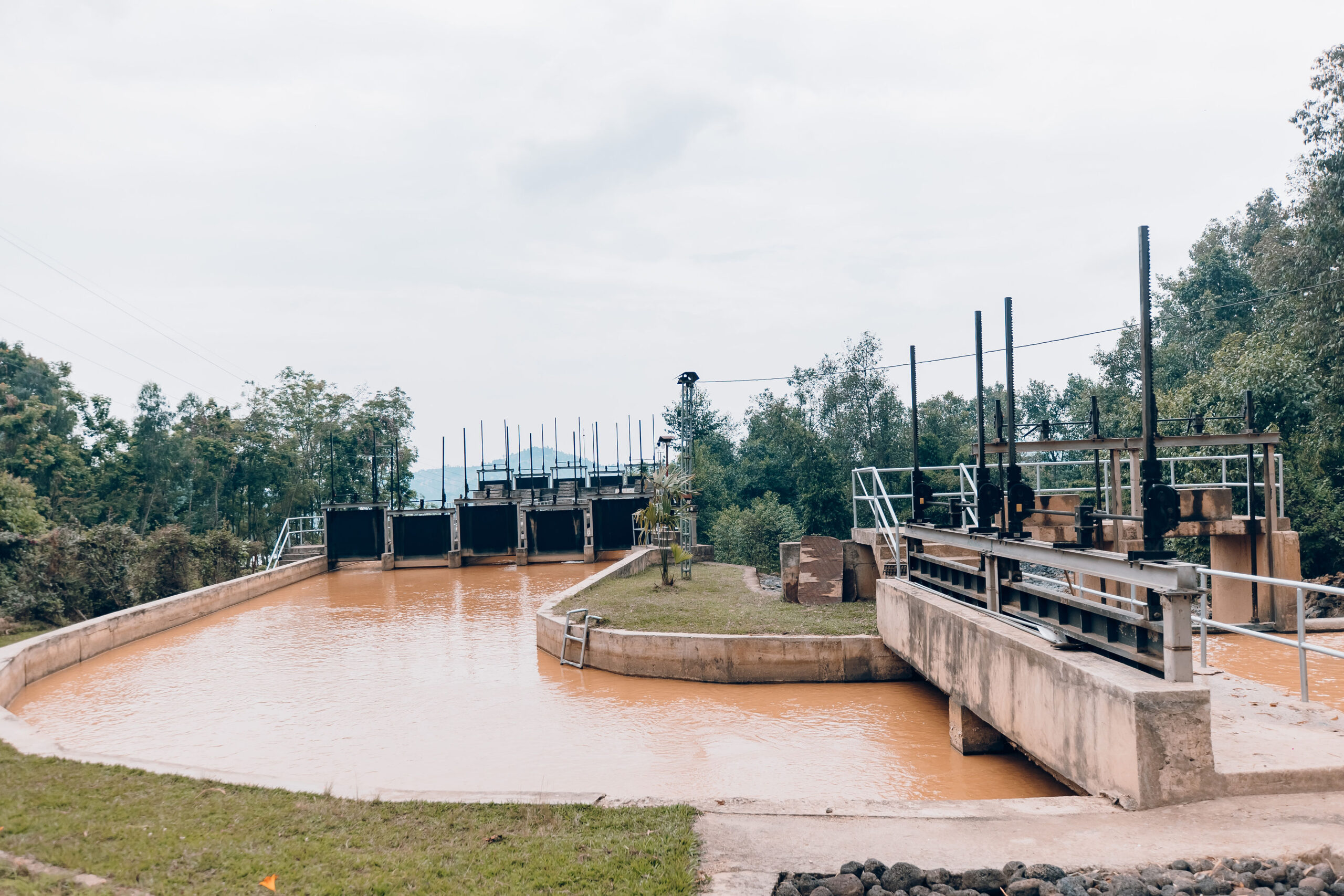
Can this really happen — or is it still a dream?
In my view: yes, much of this can happen. It’s not just a dream. But it will take steady steps, not big leaps all at once.
If Rwanda and its partners keep the work going — investing wisely, keeping policies stable, supporting local innovators, ensuring people can truly afford and trust what’s offered — then the promises of Energy Week can shift from speeches and exhibitions to something people feel in their daily lives: cleaner air, better health, more opportunity, more dependable power.
If some of the steps aren’t taken — for instance, if finance stays concentrated in large projects, or new tech doesn’t reach remote households, or if maintenance is neglected — progress will still happen, but more slowly, and less evenly.
Final thought
Energy Week 2025 showed what Rwanda can aim for. The ideas and partnerships formed are powerful. What’s now needed is follow-through: turning good plans into everyday reality, ensuring that the benefits reach all corners of the country.
If those promises come true, Rwanda wouldn’t just have more energy — it’d have a more resilient, healthier, fairer future. And that is something worth working toward.
Some pictures of Energy Week 2025:

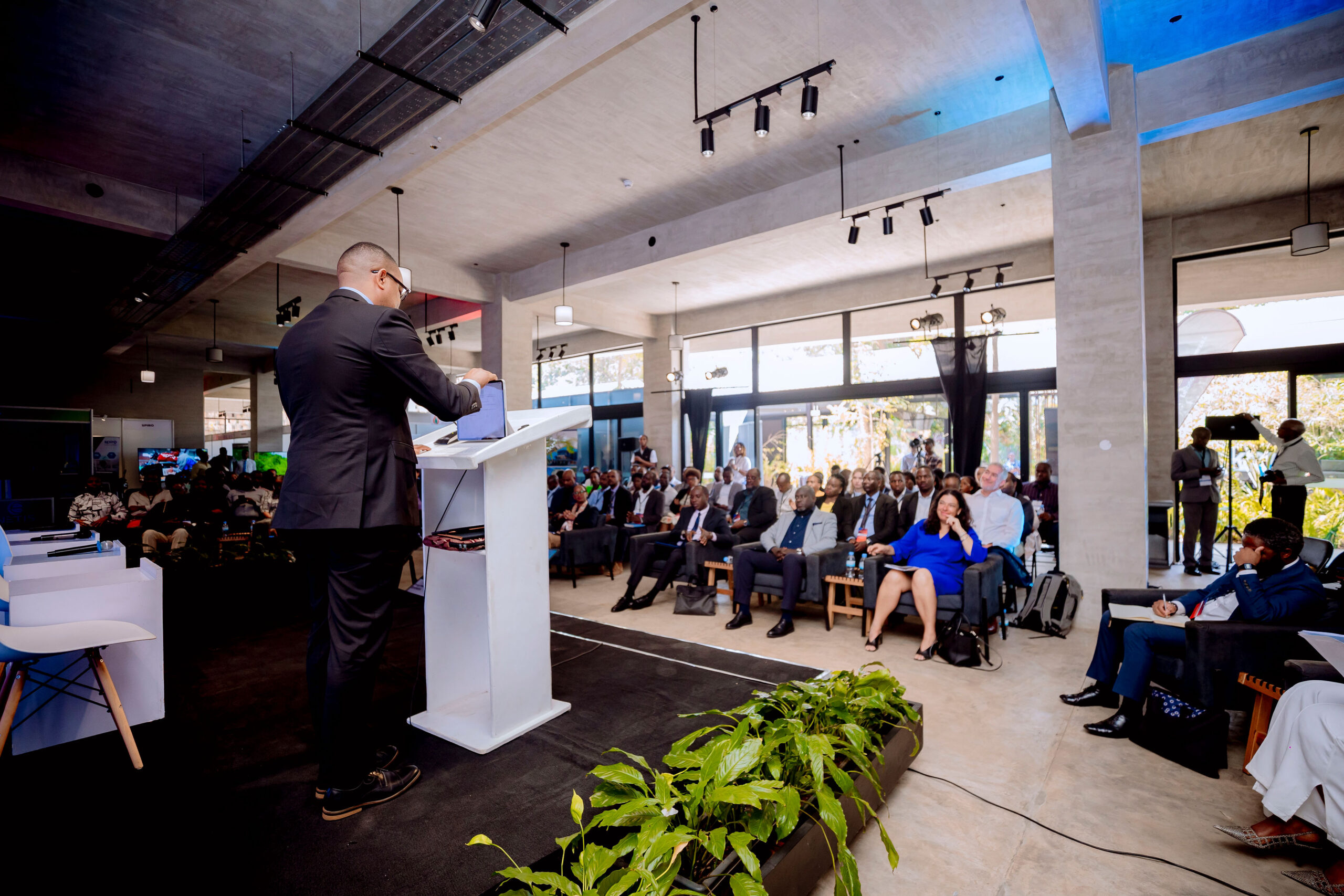
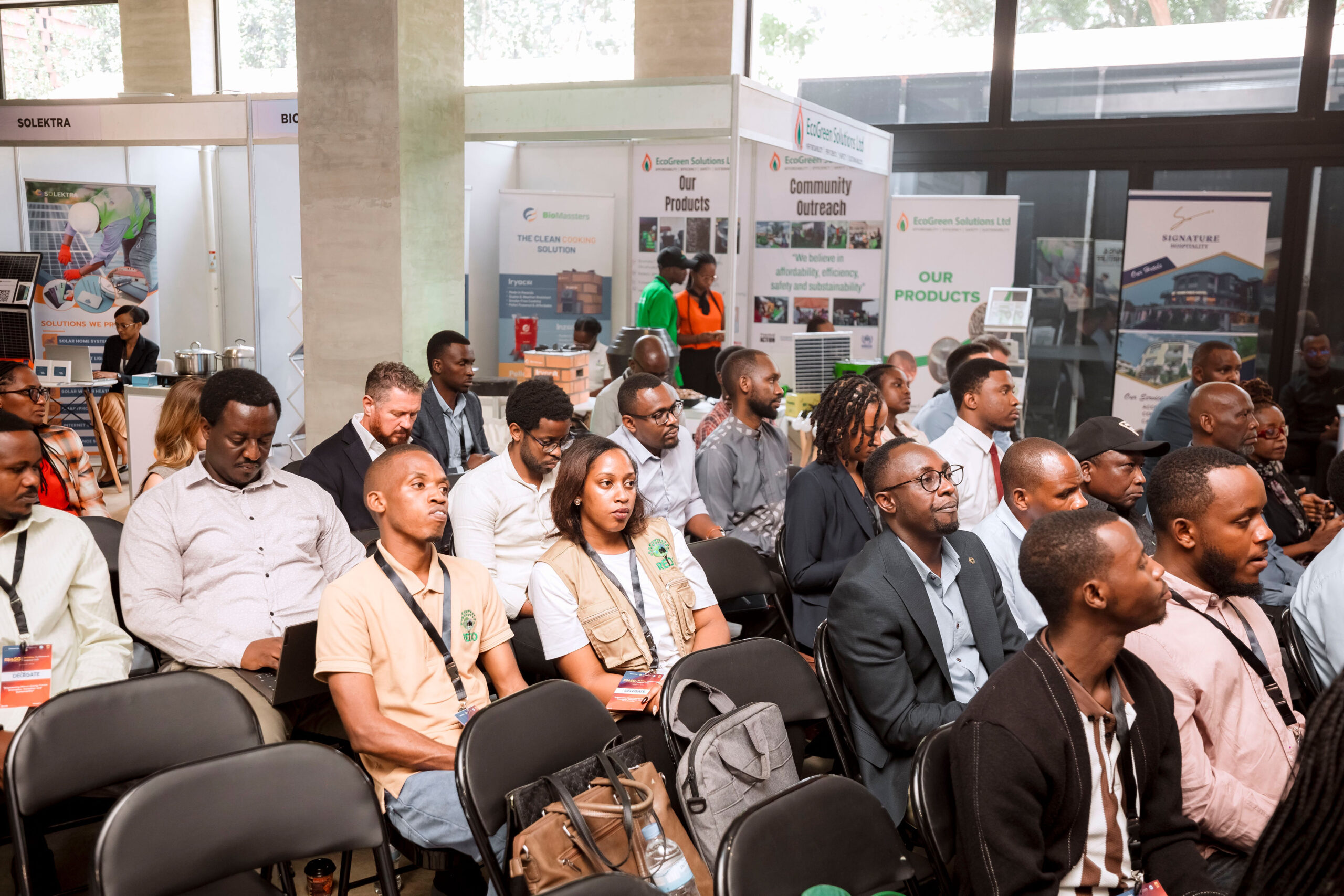
For more pictures of the event including field visits, click here
Trending Now
Hot Topics
Related Articles
Kivu Beach Festival Triggers Urgent Economic Development Push in Rutsiro
Preparations for the 2025 Kivu Beach Expo & Festival have become a...
COP30 Raised Ambition on Adaptation Finance Yet Africa’s 150 Billion Dollar Gap Tells a Different Story
COP30 in Belém was billed as the moment the world would finally...
Rwanda Launches Updated Climate Action Plan to Boost Resilience and Cut Emissions by 2035
Rwanda has unveiled a strengthened national climate strategy with the release of...
A Climate Crossroads: 2025 Set to Be the 2nd or 3rd Warmest Year on Record
As global leaders meet at COP30 in Belém, a new update from...


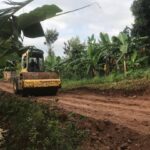
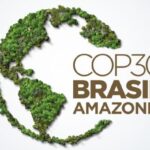



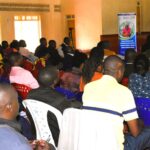


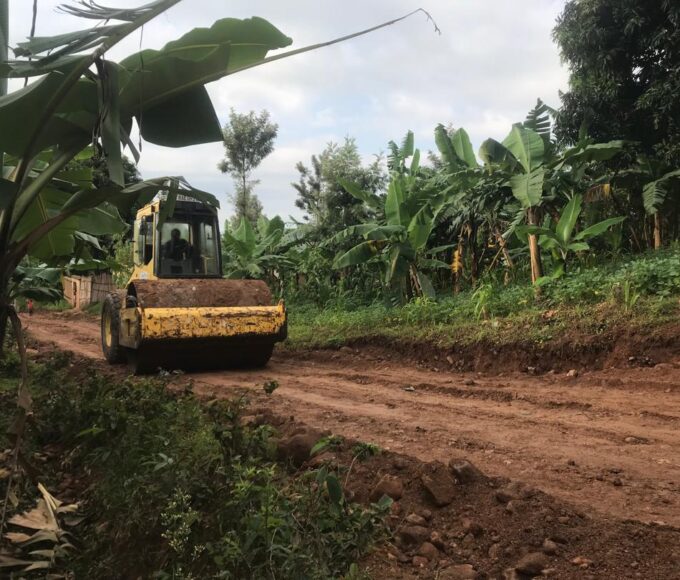
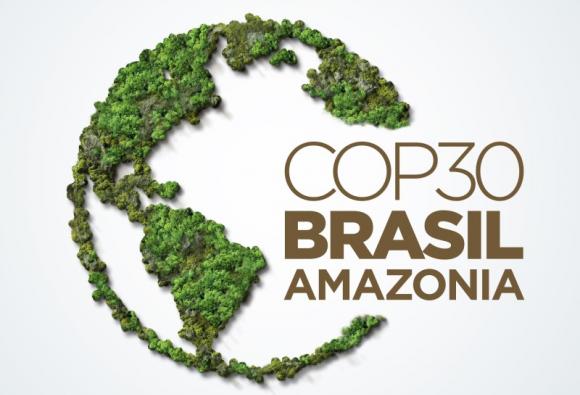
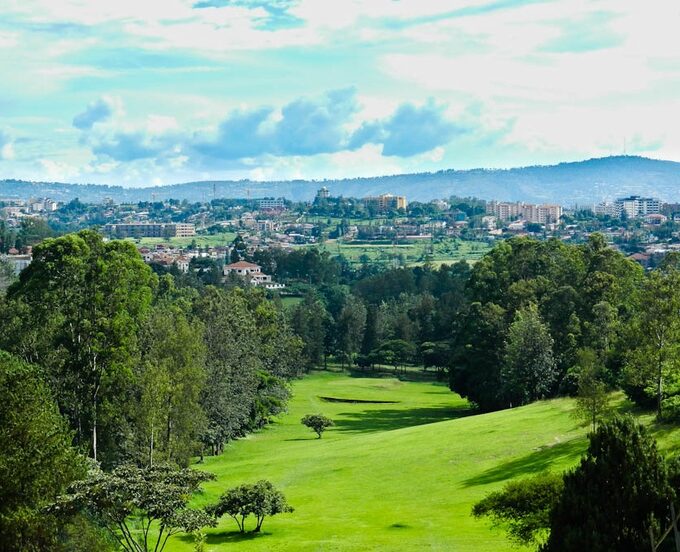

Leave a comment